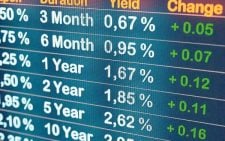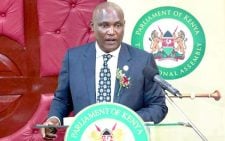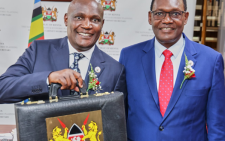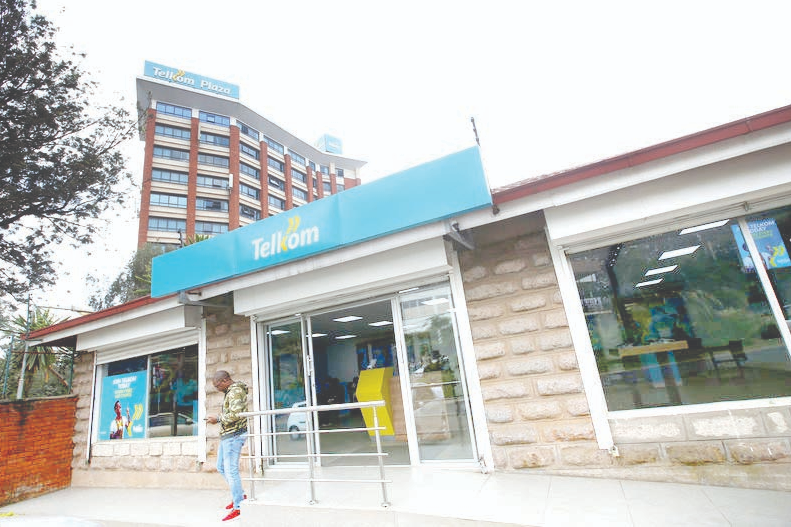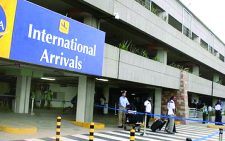Treasury in talks with IMF on Sh230b lending facility
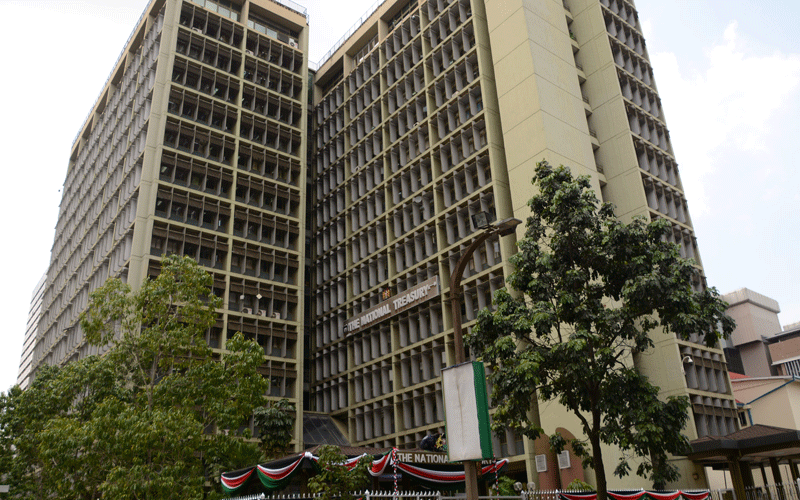
John Otini and Reuters
Kenya is discussing a $2.3 billion (Sh230 billion) lending programme with International Monetary Fund (IMF) for budgetary support, according to the National Treasury.
The fund hopes a deal on a new lending facility could be presented to its board early next year, noting that economic activity was starting to pick up despite a drag from sectors like tourism, it said over the weekend.
Kenya hopes to secure an initial disbursement of $725 million (Sh79.5 billion) from the fund in the first half of next year, the National Treasury said in a response to Reuters questions.
For nearly two years now, the country has abandoned expensive commercial debt to cut back on ballooning repayments, while revenue collection has been squeezed by the Coronavirus pandemic.
This even as Genghis Capital says Debt restructuring will not hurt Kenya’s credit rating after it backtracked on a debt relief proposal from IMF.
Kenya shied away from taking a debt relief offer from G-20 group of wealthy nations and the Paris Club for fear it could attract a ratings cut.
However, National Treasury late last week accepted the debt relief proposal by the IMF and also agreed to restore tax exemptions put in place due to Covid-19.
International Monetary Fund (IMF) and World Bank compelled Kenya to take a Sh75 billion coronavirus debt relief from G-20 countries as a pre-condition for accessing new concessional loans.
Treasury Secretary Ukur Yatani said Kenya was reluctant in the past because of the attendant unintended consequences in terms of those holding private debt.
“But now after getting a bit of assurance that it is a matter that can be managed, we are now strongly considering joining the arrangement, “ Yatani told Reuters news agency.
According to an investor brief by Genghis Capital, the Debt Service Suspension Initiative (DSSI) will only affect multilateral lenders such as IMF, World Bank, African Development Bank and China Exim Bank and hence private creditors will not be affected.
Neutral action
“As the debt standstill excludes private sector creditors, we think this will trigger neutral action by the credit rating agencies,” Genghis said.
The debt service suspension is scheduled to run until June 2021 following an extension of the time frame from December 31, by the G20 and Paris Club members on October 14.
A World Bank report released last month shows that Kenya is among a few countries in Africa that overlooked debt service suspension offers despite having high debt distress.
Treasury had been informed by concerns that accepting debt relief could send signals to credit rating agencies that it was under duress and could no-longer pay its creditors on time.
The head of Corporate advisory at ABC Capital Johnson Nderi however said that taking debt relief could be seen both as an improvement of overall finances or as a default.
“What is the probability that a default will happen if there is a debt suspension vis-a-vis if there is no suspension?” asked Nderi,saying it that may be in the interest of private creditors that Kenya takes the restructuring.
Eurobond creditors in their terms of agreements do not allow borrowers from seeking debts service suspension.
Countries that get debt relief are supposed to pay the entire amount borrowed through the Eurobond vehicle at once. Kenya borrowed a total of Sh652 billion through Eurobond issues.
Yatani held talks with the IMF over budget support facility in which the Bretton Woods institution demanded that exchquer takes the debt relief offer.
Stanchart head of research for Africa Razia Khan, however, said that restoration of tax exemptions should happen over time not immediately.
